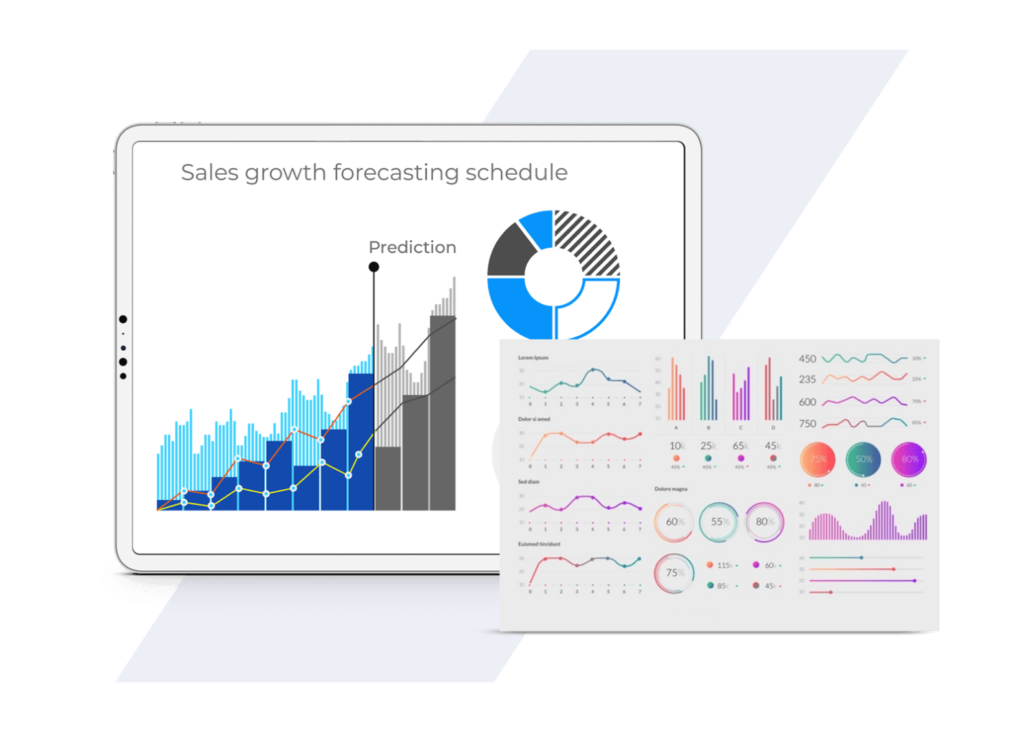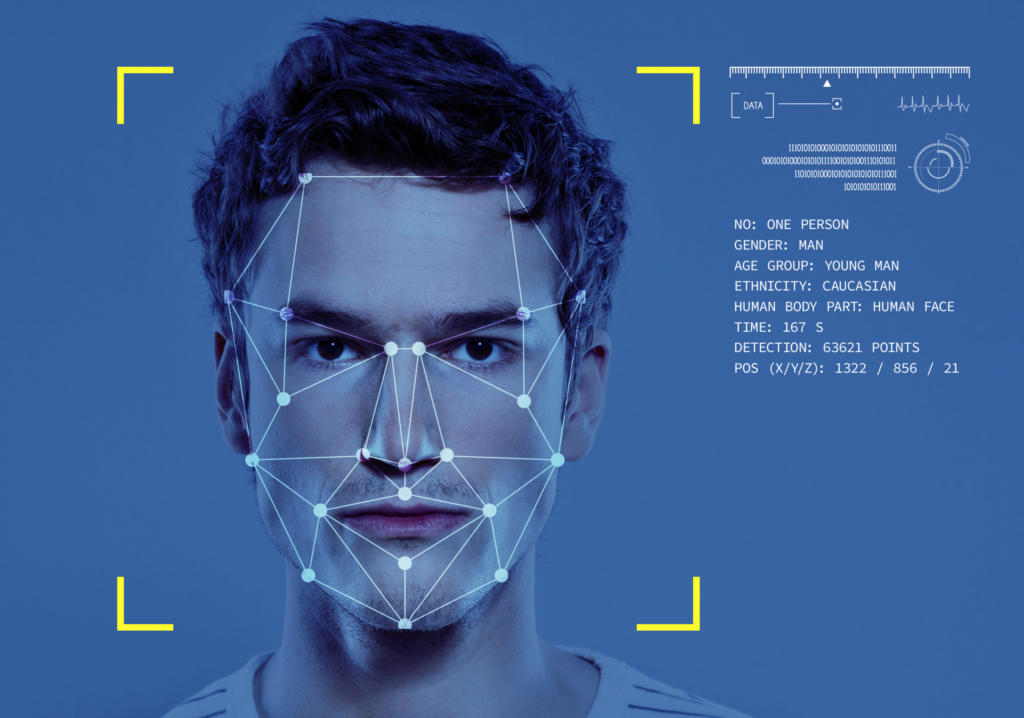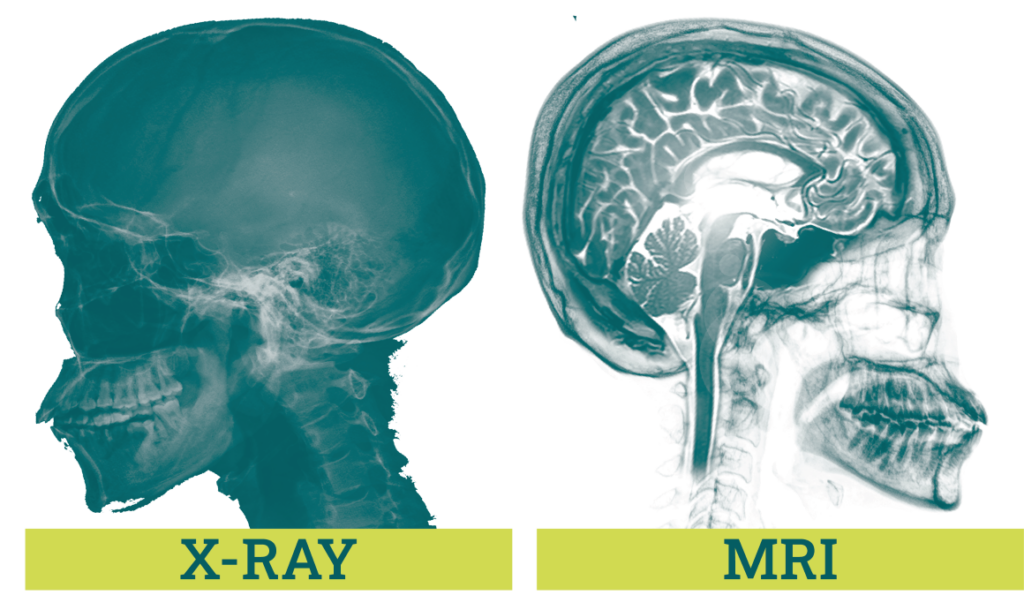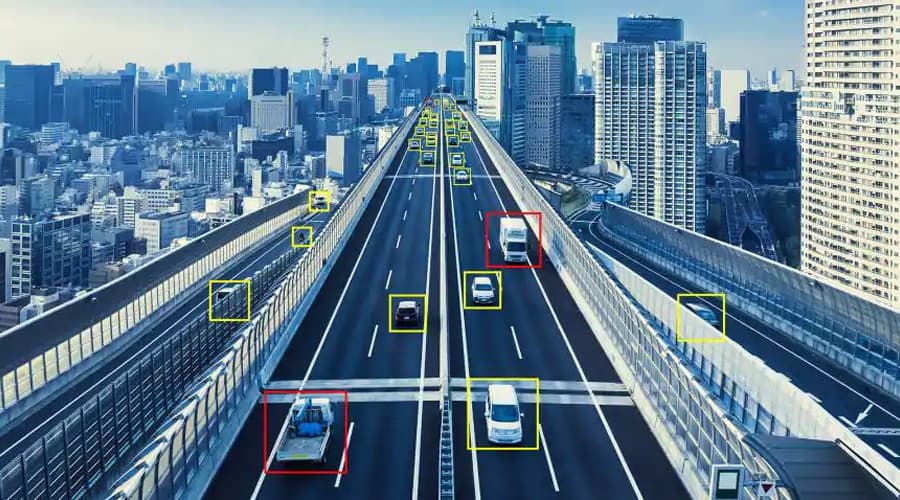Computer vision is a revolutionary technological breakthrough that fundamentally changes how companies automate routine processes. In today’s article, we will look at how to use computer visionin business, production, and enterprises and what difficulties developers face in its implementation.
What is computer vision?
Computer vision is an AI field that enables computers to extract insights from digital images and videos. It enables devices to capture and read visual data.

An increasing number of innovative companies are interested in computer vision software development. Several factors contribute to this growing trend, spotlighting the transformative impact and diverse computer vision applications across various industries. Here are some reasons why companies are investing in computer vision:
- To improve customer experiences and predict analytics.
- To automate and develop better research opportunities.
- To improve visual perception and achieve data-driven insights, etc.
The growing interest in innovative companies using computer vision is driven by the technology’s ability to revolutionize operations, enhance customer interactions, and provide a competitive advantage. This field continues to evolve, and companies strategically invest in computer vision as it hovers to lead innovation and deliver impactful solutions to the market.
How is computer vision used in business?
Computer vision for business is used to automate tasks that require human intervention. It can improve work efficiency, decision-making processes, and customer experience.
Almost any business can integrate computer vision into its operations. From leading e-commerce players who use image recognition to find products or try on clothes to document classification and translation in banks, translation agencies, or insurance companies.
How is computer vision used in the manufacturing industry?
Automation with computer vision increases efficiency, reduces errors, and streamlines operations. Businesses are progressively recognizing the value of computer vision technologies. For example, they can be used to sort tomatoes in greenhouses, check the quality of any products or operations, detect defects in metal products or cars.
Furthermore, security systems identify employees and control safety at enterprises.
The importance of computer vision technologies plays a crucial role in optimizing operations, improving quality, and predicting maintenance requirements.
What are the capabilities of computer vision for an enterprise?
Computer vision offers a range of capabilities for enterprises, investing in advanced algorithms to capture and interpret visual information. Here are some key capabilities of computer vision for an enterprise:
- Enhanced decision-making allows enterprises to make data-driven decisions based on real-time visual information. It is beneficial in dynamic environments where quick and accurate decisions are crucial.
- Repetitive tasks can be automated through computer vision, releasing human resources for more complex and strategic duties and reducing the risk of errors.
- Better customer experiences in sectors such as retail and hospitality. Computer vision technology can be used to create smoother, more personalized things like checkouts without cashiers and custom advice.
- Image recognition and video analysis enable enterprises to develop systems that recognize and identify objects, patterns, and faces, and also for real-time monitoring, anomaly detection, and behavioral analysis.
- Object detection to find and locate specific objects within an image or video stream. It is crucial for applications like manufacturing quality control and retail inventory management.
- Optical recognition for extracting text information from images or scanned documents.
- Facial and gesture recognition in security systems, access control, and personalized customer experiences enable enterprises to authenticate individuals based on facial features. Moreover, recognition can interpret human gestures, providing a hands-free interface for various applications.
- Predictive maintenance helps keep machines running smoothly by processing pictures and videos to check their condition.
Most popular use cases of computer vision

Analyzing the most common uses of computer vision, we can identify several key areas that are particularly popular.
Human face and physical object recognition are widely used for identity verification, security, and personalized marketing efforts. Computer vision excels at detecting and classifying objects in images and videos and is commonly used in self-driving autos, surveillance, and robotic systems.
Vehicle automation is integral to developing self-directed vehicles, allowing them to navigate and respond to their environment. It helps cars perceive the road, recognize obstacles, and decode traffic signs and signals.
AR and VR solutions often use computer vision to create immersive experiences like games, educational simulations, or virtual shopping.
Medical data analysis to diagnose disease using medical images such as X-rays and MRIs, tracking surgical instrument movements, and finding abnormalities during scans.

Environmental monitoring is used to carefully analyze ecological data obtained from satellite images, drones, or sensors, contributing to detecting deforestation and supporting climate research.
The active implementation of computer vision technologies is also used in security, commerce, documentation, and analytics.
Challenges in using computer vision
As with any modern technology, the use of computer vision in business has its challenges:
Data privacy and security.
The growing dependence on visual data introduces concerns about data privacy and security. Striking a delicate equilibrium between fostering innovation and safeguarding sensitive information represents an impressive challenge businesses face.
Ethical considerations.
The ethical dimensions of computer vision, particularly in areas like facial recognition and surveillance, need careful attention. It’s essential to use these technologies fairly and ethically.
Thinking carefully about the right and wrong ways to use computer vision, especially in things like face recognition and watching people, is very important.
Integration complexities.
Incorporating computer vision into existing business workflows can be complex and demands strategic planning. Solving technical problems and smoothly fitting everything together is crucial for a successful setup.
To sum it up, computer vision is not one of passing technological trends; it stands as a transformative force with the potential to influence business operations. Understanding its capabilities, exploring diverse use cases, and handling associated challenges will empower enterprises to fully harness the extraordinary potential of computer vision, placing them at the forefront of innovation. As industries evolve, the effective integration of computer vision technologies will emerge as an important factor distinguishing success and property growth.
- What is the F-1 measure and why is it useful for imbalanced class problems?
- From Data Streams to Decentralized Worlds: Exploring the Role of Blockchain Subgraphs in Gaming Infrastructure
- How to predict customer churn using machine learning, data science and survival analysis
- Business models in data science and AI

